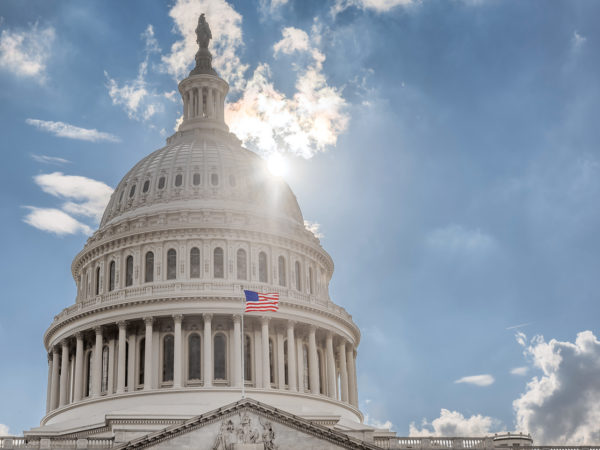
One of the more die-hard taglines from the 2016 election was “Drain the Swamp.” It was a reference to the corruption amongst the denizens of Congress and the K Street lobbyists who support them. If you’ve never heard the phrase before 2016, it’s actually an old saying. It was originally attributed to Winfield Gaylord. He was an early 20th century socialist that referenced swamp draining to kill off mosquitos and tamp down malaria.
A Short History of A Strange Place
Washington is indeed built on wetlands, between the Potomac and Anacostia rivers. The State Department is referred to as Foggy Bottom because that’s pretty much where the diplomats are headquartered. However, the campus of George Washington University lies in the heart of Foggy Bottom. So yes, DC is literally built on a swamp.
Why on earth did the men who created this country decide to build the new capital in a muddy bog? A deal over dinner, of course. See if any of this history sounds like it might repeating itself.
After the Revolutionary War, the states–mostly north of Washington– were deeply in debt. Alexander Hamilton, he of musical and dueling fame, was the original Secretary of the Treasury. His idea was that the new federal government would assume the war debt, thus tying the states to a more centralized system.
James Madison, a Virginian and Southerner, was opposed to that idea since the south managed to get through the war without incurring debt (not that Southern states were great money managers; with the exception of the war going into North Carolina in the waning months, most of it was fought in the Northeast).
So the deal was that if the states agreed to assume the debt, the Capital would be in the South. George Washington, as President, got to choose the exact location. He picked the dirt-cheap land across the river from his beloved Mount Vernon. The French architect Pierre L’Enfant was hired to create the city from the swamp.
Location, Location, Location
Boy did he succeed, to the point that the city and government have spilled over the river into Virginia and up towards Maryland. The country has grown exponentially westward, thanks to the 1803 Louisiana Purchase.
Departments are headquartered in Washington, primarily because the senior staff feels the need to be close to Congress and the White House. But most agencies have satellite campuses away from DC. For example, Health and Human Services are based on Independence Ave. But their most notable satellites, NIH in Bethesda and CDC in Atlanta, are not in the District proper. In fact, more federal employees work away from Washington than not. Although 12% of Virginians and Marylanders work for the Federal government, most are urban civil servants far removed from the constituents they serve.
Agencies are Out of Touch
It was not until 1947 that Congress mandated all Federal agencies be based in Washington, Rule 72 of Title 4 in the US Code. But because Washington is Washington–there’s a loophole. It is a clause that says “unless otherwise expressly provided by law.” This made sense in a post-war and booming America; logistics and warp-speed growth demanded all hands on deck, all the time. But as the economy, demographics, and technology have shifted, many Americans are wondering why the various departments are so far removed from their core constituents. And why the law can’t be changed to relocate some of these agencies.
The Department of Interior comes to mind. Most of the parks and Federal lands the agency oversees are in the western half of the country. Interior is also responsible for the relationship between Native Americans (Indian, Alaskan, Hawaiian) and the government. The great majority of whom are far west of the East coast.
Agriculture is another agency whose core constituency–farmers and ranchers–are thousands of miles from DC. The chances of a lifetime civil servant who has limited real-world experience with drought understanding the on-the-ground realities of climate change and its effect on crops are slim. But if USDA were headquartered in Omaha, you would be hard-pressed to find an employee who hadn’t been affected in some way.
Relocating Federal agencies around the country to the areas where they do most of their advocacy makes sense from a constituent perspective. In addition, there’s the positive economic impact in a community. It’s also harder for a K Street operative to lobby effectively from afar. So, there’s a good possibility there’s less corruption. This means more government of and for the people.
How You Can Help
If you’ve paid any attention to recent elections, you know that one person can really make a difference. You can write or call your Congressional representative and Senator (don’t email; they don’t really respond to those). Join the Rule72 Initiative, and share with your friends. One person can make a difference. You can be that person.
The Rule 72 Initiative is hard at work to repeal the law (Rule 72) that prohibits moving functions of the federal government away from Washington, D.C. If these ideas sound like a positive step towards truly draining the swamp, here are some ways to get involved:



